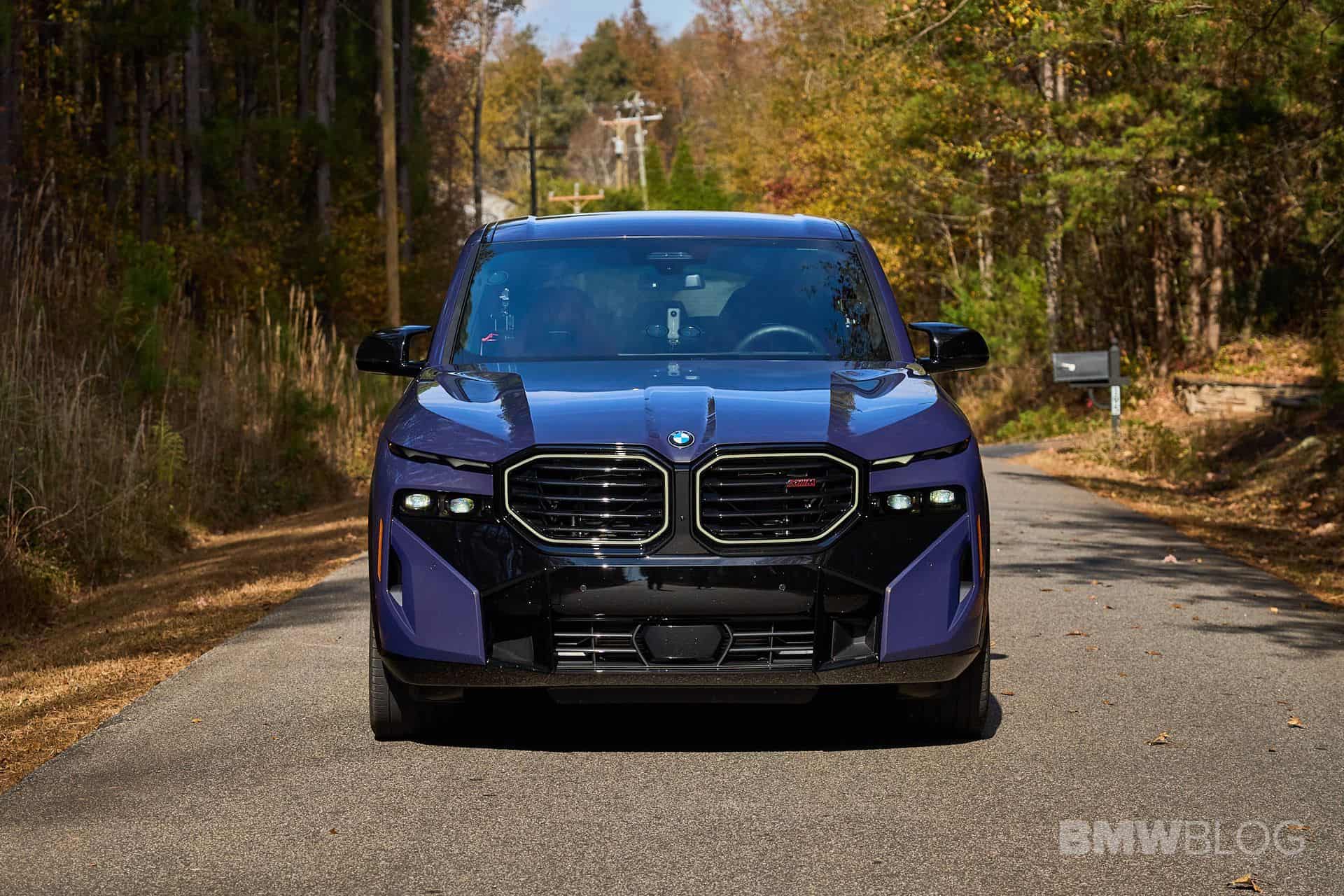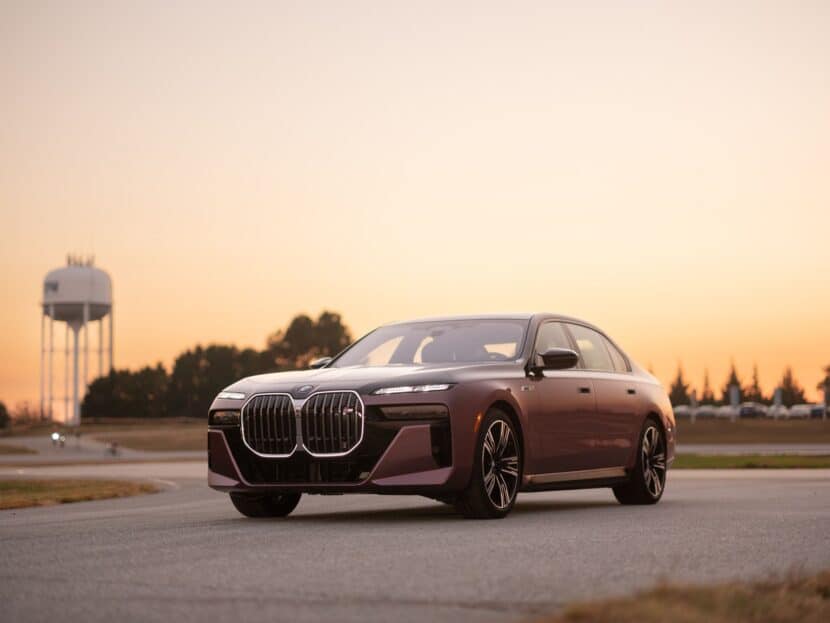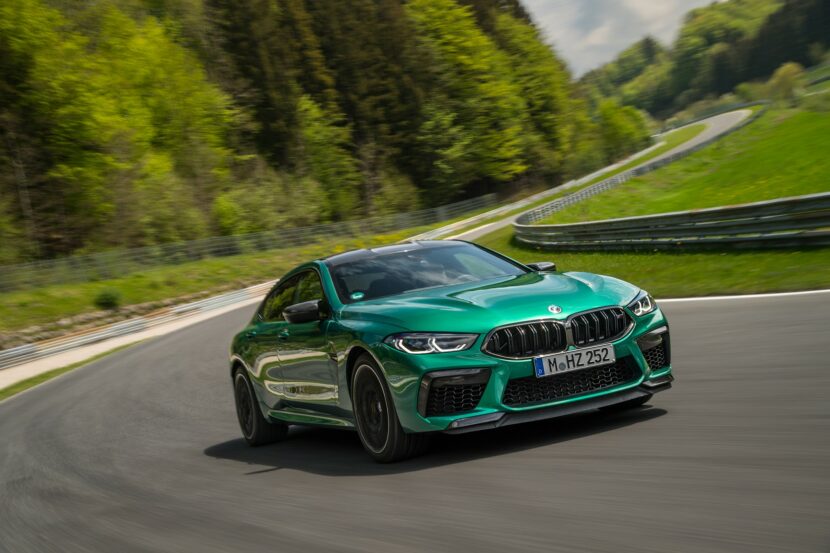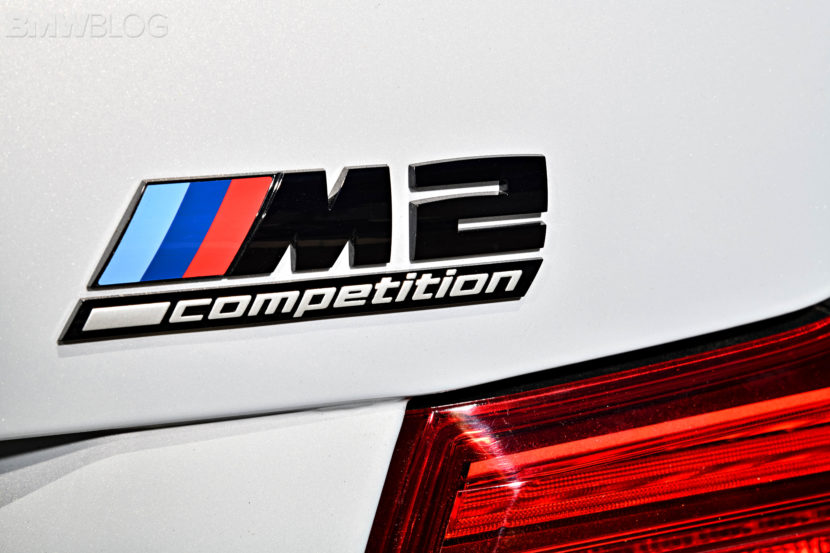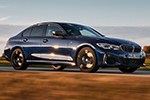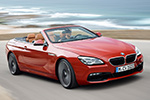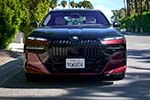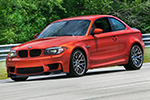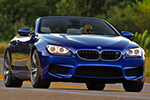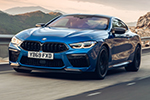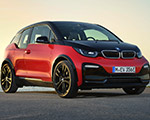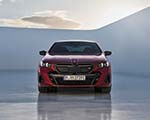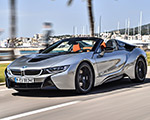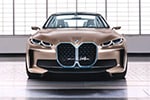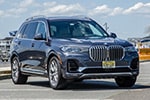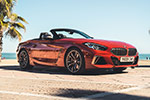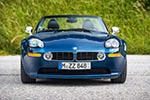The most expensive BMWs in America function as the company’s flagship models, embodying its “Ultimate Driving Machine” DNA while also demonstrating the Munich-based automaker’s most advanced engineering and technologies. While not all have achieved commercial success, owing to their niche positioning and fierce competition in the ultra-luxury segment ($150,000 and above), they nonetheless have a part to play in sustaining BMW’s brand prestige. And in this article, we are going to analyze those vehicles.
BMW XM Label
The most expensive BMW in the United States is the XM Label, which has an MSRP of $186,700. For that price, customers get a plug-in hybrid powertrain that delivers 738 horsepower and 738 pound-feet of torque, resulting in a 0 to 60 miles per hour of 3.6 seconds. The XM Label also holds the distinction of being BMW M’s first standalone model since the M1 supercar and its first high-performance plug-in hybrid.
However, the XM is not visually appealing and is ultimately undercut by the Porsche Cayenne Turbo ($158,800) and the Range Rover Sport. In fact, even the Mercedes-AMG G63—arguably Germany’s most celebrated off-roader—is priced similarly ($186,100). Needless to say, BMW’s super-SUV has largely been a sales flop, achieving just 7,813 deliveries last year.
BMW i7 M70
The i7 M70 xDrive is the all-electric alternative for the 760i xDrive. However, while the latter starts at $122,400, the former has an MSRP of $168,500, reaching upwards of $200,000 with options such as a reclining rear seat with footrest, two-tone paint, B&W sound system, and 31-inch theatre screen. That said, the i7 M70 does offer superior refinement compared to its internal combustion engine counterpart, and its green credentials matter a lot to today’s environmentally conscious high-net-worth individuals (HNWIs). Not to forget, the Porsche Taycan Turbo ($175,000) is even more expensive than the i7, while the Rolls-Royce Spectre ($450,000) is in a different league altogether.
BMW XM (Standard Variant)
Those who cannot afford the XM Label can go for the base XM, priced at $160,500. It has 644 horsepower and 590 pound-feet of torque and a 0 to 60 mph time of 4.1 seconds— which is more than adequate for any high-performance driving. Of course, the BMW X5 M Competition is $30,000 less expensive than the standard XM and offers a better overall package. Plus, Porsche, Audi and Land Rover have more attractive offerings in the $140,000 to $170,000 price range. So the standard XM too lacks value for money, albeit it is not as overpriced as the XM Label.
BMW M8 Competition Convertible
The BMW M8 Convertible, BMW’s flagship open-roof model, is another relatively slow seller on the list. It starts at $150,000 and packs the S63 4.4-liter V8 twin-turbo engine that generates 617 horsepower and 553 pound-feet of torque, allowing a 0 to 60 mph sprint in 3.1 seconds. It’s fun to drive, luxurious and also aesthetically appealing (unlike the XM or the i7 M70), but it lacks the cachet of the Porsche 911 and the Mercedes-AMG SL-Class.
Moreover, it is also cannibalized by some of BMW’s own vehicles. For instance, the M4 Convertible starts at $96,200 and offers just slightly inferior performance—with 523 horsepower and a 0 to 60 mph time of 3.6 seconds. Meanwhile, there is also the Z4 M40i—which was BMWBLOG’s 2024 Car of the Year—and has an MSRP of just over $65,000.
BMW M8 Competition Gran Coupe
Completing the list is the M8 Competition Gran Coupe that has an MSRP of $140,000. And as you’d guess, like its convertible sibling, it faces stiff competition both from within BMW’s own product range and from the likes of Porsche, Audi and Mercedes-Benz. Indeed, the M3 and the M5 are more compelling options if you want a four-door high-performance BMW M car. Meanwhile, the Porsche Panamera, the Audi RS7, and the Mercedes-AMG GT 4-door are all priced in the same range as the M8.


